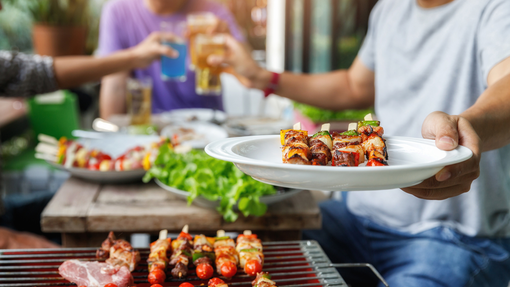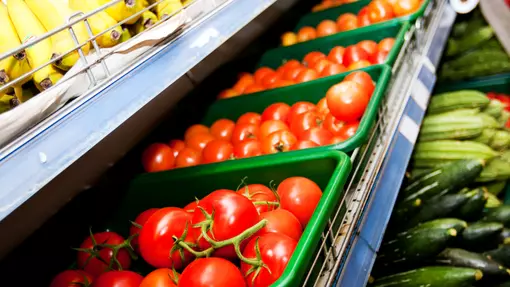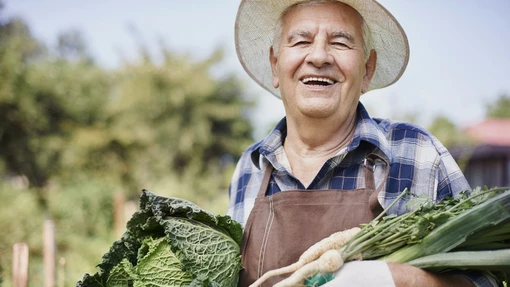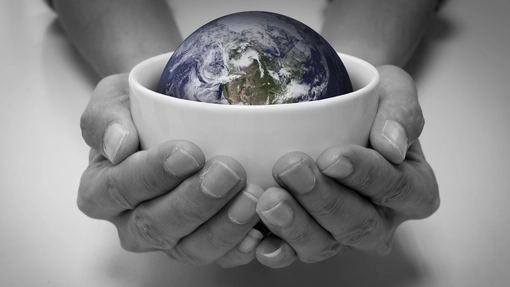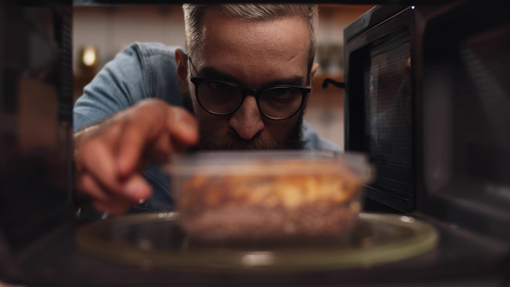
Can I freeze rice? And other common questions
It can often be confusing to know what is best to do when it comes to making the most of your food. Here’s some of the most common questions we receive to help cut through the confusion.
Can I freeze rice?
Yes! If it’s cooled quickly. Place the container of rice in cold water and freeze once it’s cold. Ideally within an hour. Put it into an airtight container and label with the contents, portion size and date. You can store rice in the freezer for 3 months or in the fridge for 24 hours.
The best way to defrost rice is in the fridge. Once defrosted use within 24 hours. Or you can defrost it in the microwave on ‘defrost’ mode directly before using it.
Reheat it in the oven or microwave until it’s piping hot.
Rice can only be reheated once. We do not recommend reheating rice from a takeaway because it may have been pre-cooked and reheated before it was served to you.
A top tip is to cook the correct portion of rice in the first place! A mug-full of uncooked rice is enough for four adults. Or roughly 75g per person.
Which foods can be frozen?
You’d be surprised at the range of foods that can be frozen! Meat, fish, bread, cheese, milk, cream, eggs, cake, nuts, pulses, rice, pasta, herbs, fruit, vegetables…the list goes on and on!
And here are some of our favourite freezing hacks:
- Blitz bread crusts or stale slices into breadcrumbs. Pop into a container, label and freeze to use another time. Use for crumble or pasta bake topping, adding to stuffing, or thickening sauces.
- Freeze chopped herbs in an ice-cube tray, covered with some water. Once frozen, the cubes can be removed from the tray and placed in a reusable bag for easy storage. You can add them from frozen to casseroles, stews and sauces.
- Grated or blocks of cheese can be stored in the freezer for up to 6 months. Defrost in the fridge. Perfect for cheese on toast, adding to an omelette, or to top pizza or pasta bakes.
- Packaged food can be frozen right up until the Use By date.
The freezer really is your friend when it comes to making your food last longer. Remember to label everything clearly with the contents, portion sizes and the date before freezing.
What’s the difference between Use By and Best Before dates?
Use By relates to safety. This is the most important date to remember. Food can be eaten up until and on the Use By date, but not after.
Best Before relates to quality. Food will be safe to eat after this date, but it may not be at its best. Use your judgement to decide.
You can read more about making sense of date labels here.
How do I freeze eggs?
- Crack them into a container and whisk together
- Consider portioning them out if you have more than a couple to freeze
- Seal and label the container with the contents, number of eggs and date
- Put in the freezer!
You can also freeze the whites and yolks separately if you wish. A top tip is to blend the yolks and add a little sugar or salt (to stop them going sticky) before freezing.
What’s the best way to freeze and defrost meat?
Raw and cooked meat can be frozen. Here are some top tips:
- Raw meat can be frozen right up until the Use By date but not after.
- You can freeze meat in its original (unopened) packaging, but it can be useful to open and separate the meat so that you can defrost only what you need. Make sure to label and date each portion before freezing.
- For cooked meat, wrap well and freeze in an airtight container. Remember to label and date it first.
- It can be useful to chop cooked meat before freezing to make it quicker to defrost and easier when it comes to cooking it.
- Meat can be stored in the freezer for up to 6 months.
Do not defrost meat at room temperature. It should be fully defrosted in the fridge and used within 24 hours. Or it can be defrosted in the microwave on ‘defrost’ mode directly before using it.
Previously cooked and frozen meat should only be reheated once.
The advice above applies to all types of meat, poultry and some fish. But always check the packaging first because sometimes meat or fish may have been previously frozen.
How do I know if my fruit and vegetables are still ok to eat?
Wrinkly peppers? All good.
Green bits and sprouts on potatoes? Just remove them and use the rest.
Bendy carrots?! Yep, still good to eat.
If you have fruit and vegetables that have gone a bit mushy or wrinkly, they’re still ok to eat. As long as there are no visible signs of mould or rot.
Over-ripe fruit like brown bananas and squishy berries are perfect for baking or to make a delicious smoothie. And vegetables can be used up in sauces and soups. Check out our recipes section for more ideas and inspiration!
Apart from pineapples, bananas and onions; the best place to store fruit and vegetables is in the fridge. This will make them stay fresher for longer. The fridge should be set at below 5°C. Use our Fridge Temperature Tool to check your fridge settings.
And don’t forget there is a way to freeze almost all fruits and vegetables.


